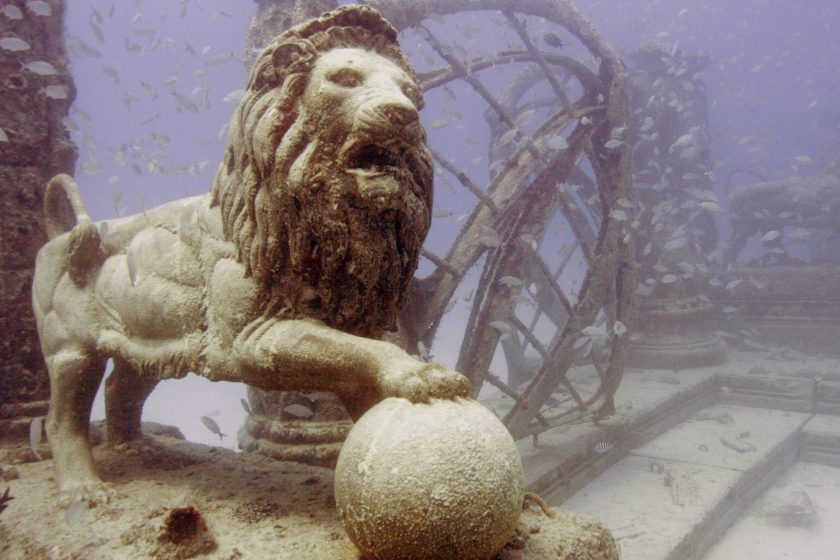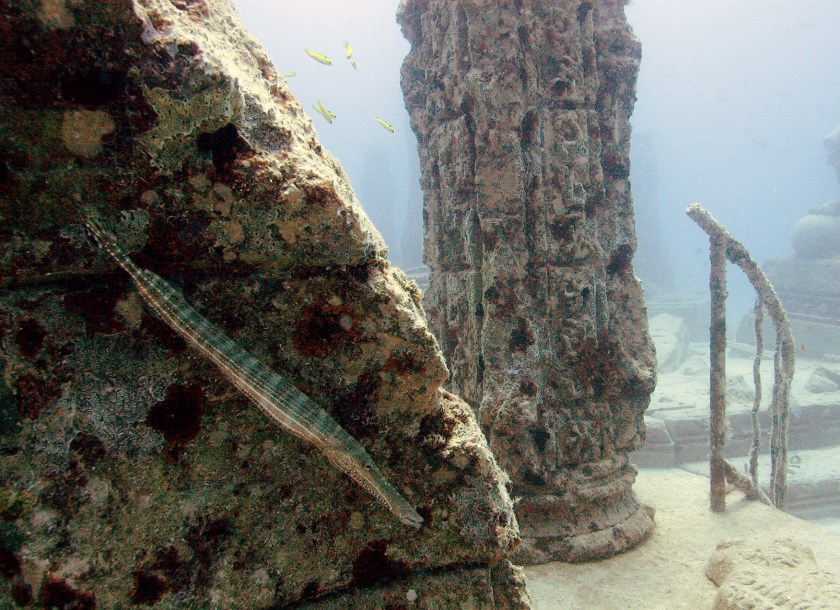
With growing attention towards conservation, it’s not surprising that underwater installations are becoming so popular: these art projects serve as a tourist attraction for divers, but also eventually grow to become a home for the marine life. RealClearLife has covered some of them already. Jason deCaires Taylor, for example, is known for creating hyper-realistic statues at the bottom of the sea.

The Neptune Memorial Reef, however, is unlike any other marine installation. Conceived by Gary Levine and brought to fruition by artist Kim Brandell, the world’s largest man-made reef also functions as a columbarium. Yes, families wishing to have their loved one’s ashes stored 40 feet underwater give the remains over to the folks behind the Neptune Memorial Reef, so the ashes can be mixed with cement to form features of the installation.
The reef, located roughly three miles off the coast of Key Biscayne, Florida, opened in 2007. The 16-acre swath of seabed is protected from fishing, resulting in a haven for divers and marine life alike. The eventual goal of the project is a reef that can house the remains of 125,000 people. To learn more about this unique final resting place, watch the video below.
This article was featured in the InsideHook newsletter. Sign up now.






















